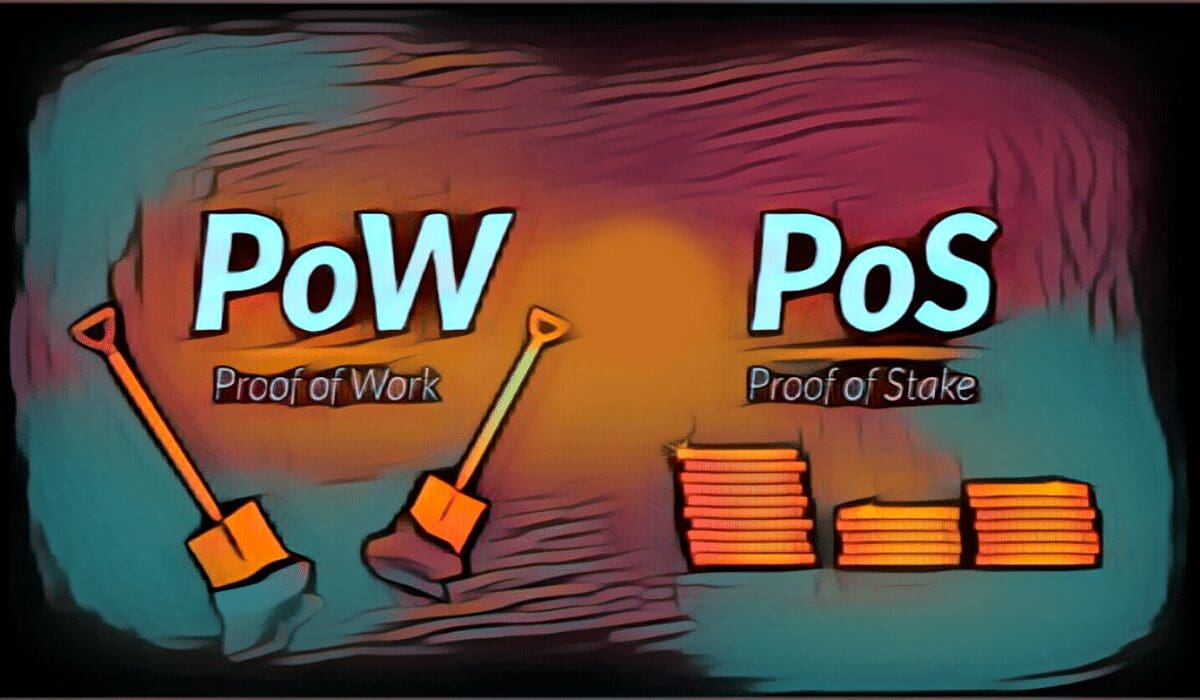Staked ETH has a higher capital efficiency and a higher potential return than standard ETH, and the increasing number of platforms that offer liquid staking derivatives is helping to boost its appeal.
For a number of years, a number of blockchain initiatives were speculated to be potential “Ethereum killers,” or initiatives that would dethrone Ether from its throne and steal its position as the most valuable digital asset.
That day looks to have finally arrived, despite the fact that it appears to have been an inside job. Ether (ETH), as an asset, is on the verge of being rendered obsolete by derivatives such as Lido-staked Ethereum (stETH) and other liquid staking assets.
Benefits Offered by Liquid Staking Derivatives
Liquid staking derivatives have all of the advantages of standard ETH, in addition to the fact that they are an asset that produces a yield. This indicates that holders are able to obtain exposure to the price action of ETH while maintaining liquidity and taking advantage of the benefits of staking.
Wallets that hold stETH will see their holdings progressively expand as staking yields are consistently added to the starting value, as this will cause the total amount to gradually increase.
Also read: BEST CRYPTO EXCHANGE WALLETS OF 2022

The vast majority of staking schemes call for users to deposit funds in a validator, but liquid staking derivatives make it possible for users to keep their funds liquid while still reaping the benefits of the staking yield.
ETH that is currently staked in validators will not be available for withdrawal until an unspecified point in the future, most likely in conjunction with the Shanghai update.
Even while stETH is still traded at a tiny disadvantage in comparison to ETH, it is anticipated that once withdrawals are authorised, this difference will close permanently.
To put it more simply, ETH liquid staking tokens are simply more capital efficient than ordinary ETH or more traditional staking procedures. ETH is the cryptocurrency that underpins these tokens.
Reason For Holding Regular ETH from User Perspective
When a user could instead hold a liquid staking derivative that would boost their prospective profits via staking yield, there is little reason for them to hold regular ETH, where the only potential upside would be an increase in price. This is because an increase in price is the only potential upside.
The original developers of the project shared a similar worldview. Teams all across Web3 have included stETH into their protocols, from DeFi to non-fungible token (NFT) initiatives. Giant platforms like Curve and Aave have made it even simpler for DeFi users to incorporate stETH into their investment strategy.
NFT-As a Source of Revenue
When it comes to lending protocols, stETH provides the opportunity to raise yield collateral without the need to make potentially risky investment decisions in order to maintain customer satisfaction.
Instead of being stuck with a fixed sum of money, NFT projects have the ability to develop a stream of revenue from the earnings of their minting operations.
ETH liquid staking derivatives liberate project leaders from the constraints of financial concerns in order to facilitate genuine innovation.
This is accomplished by making it simpler for Web3 projects to continue operating and maintain the satisfaction of their community.
In addition to being a far more effective use of cash, the use of ETH liquid staking derivatives contributes to the upkeep of the Ethereum network.
Ether that has been put into an Ethereum validator to assist ensure the integrity of the network is represented by stETH and other derivatives of the cryptocurrency.
Switch from PoW to PoS

The switch from proof-of-work (PoW) to proof-of-stake (PoS) makes it possible for regular users of decentralised finance (DeFi) to benefit from rewards that were previously reserved for miners, and all they need to do is own stETH or any other ETH liquid-staking derivative.
This has caused an interest throughout the industry, from people to institutions in both centralized and decentralized forms of finance (CeFi and DeFi, respectively).
The ETH liquid staking derivatives have been the focus of a great deal of attention over the course of the past month, and industry leaders like Coinbase and Frax have just launched their own versions of these futures.
Centralization of Staked ETH
Lido, which accounts for more than 80% of the market share of liquid staking derivatives and controls more than 30% of staked ETH, is one example of a company that has been singled out as a prominent critic of the PoS consensus model because of the centralization of the staked ETH.
Nevertheless, the recent development of alternatives is likely to put an end to such concerns as the market share becomes distributed among a number of different companies. Users who are interested in supporting decentralisation and increasing their wealth can do so by exchanging their ETH for liquid staking derivatives.
As more and more information about the advantages of staking is published in the media, liquid staking derivatives are very likely to become an essential component of even the most fundamental DeFi strategy. Since Coinbase now offers “Coinbase Wrapped Staked ETH” (cbETH), even ordinary investors will be able to become familiar with the technique.
As consumers begin to flock to the yield that is virtually free, it is likely that we will witness a significant increase in the number of protocols that accept liquid staking derivatives. It’s possible that in the near future, many DeFi customers will only possess enough ETH to cover their gas fees.
Conclusion-Proliferation of Liquid Staking Derivatives
The spread of liquid staking derivatives will help to increase the quantity of ETH put into various validator systems. This will serve to improve the network’s security while also giving a dividend that will benefit supporters financially.
There is not much time left for ETH. Any ETH that is not transformed into a liquid staking derivative represents nothing more than money that is being left on the table, over and above a nominal gas limit.
The long-awaited “ETH killer” appears to have finally materialized, although it seems as though it will simply serve to strengthen Ethereum’s security and the wallets of those who support it.













Discussion about this post